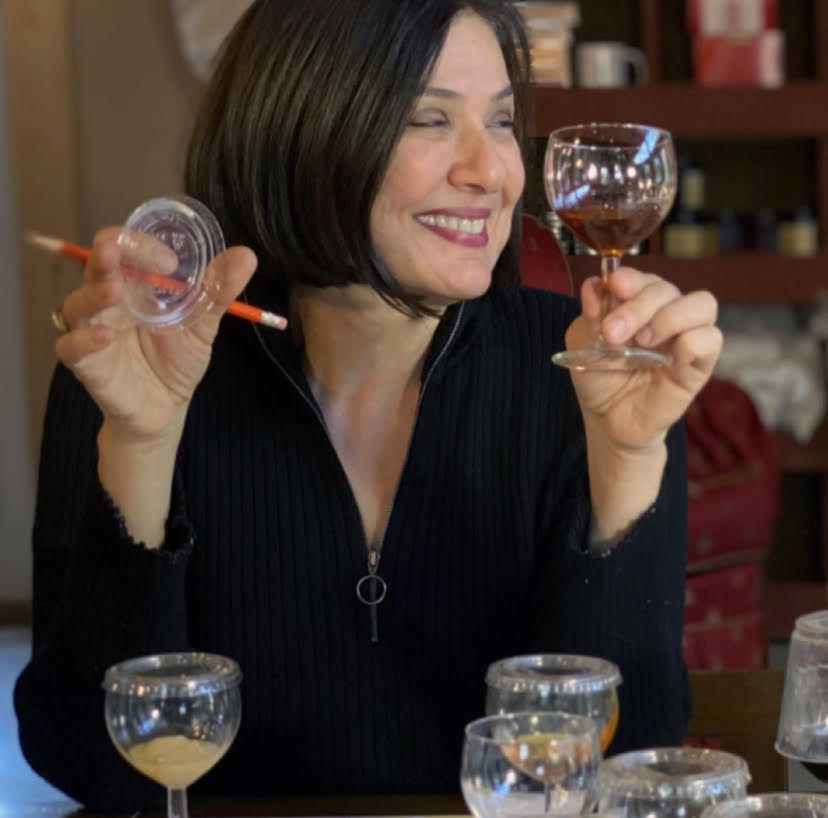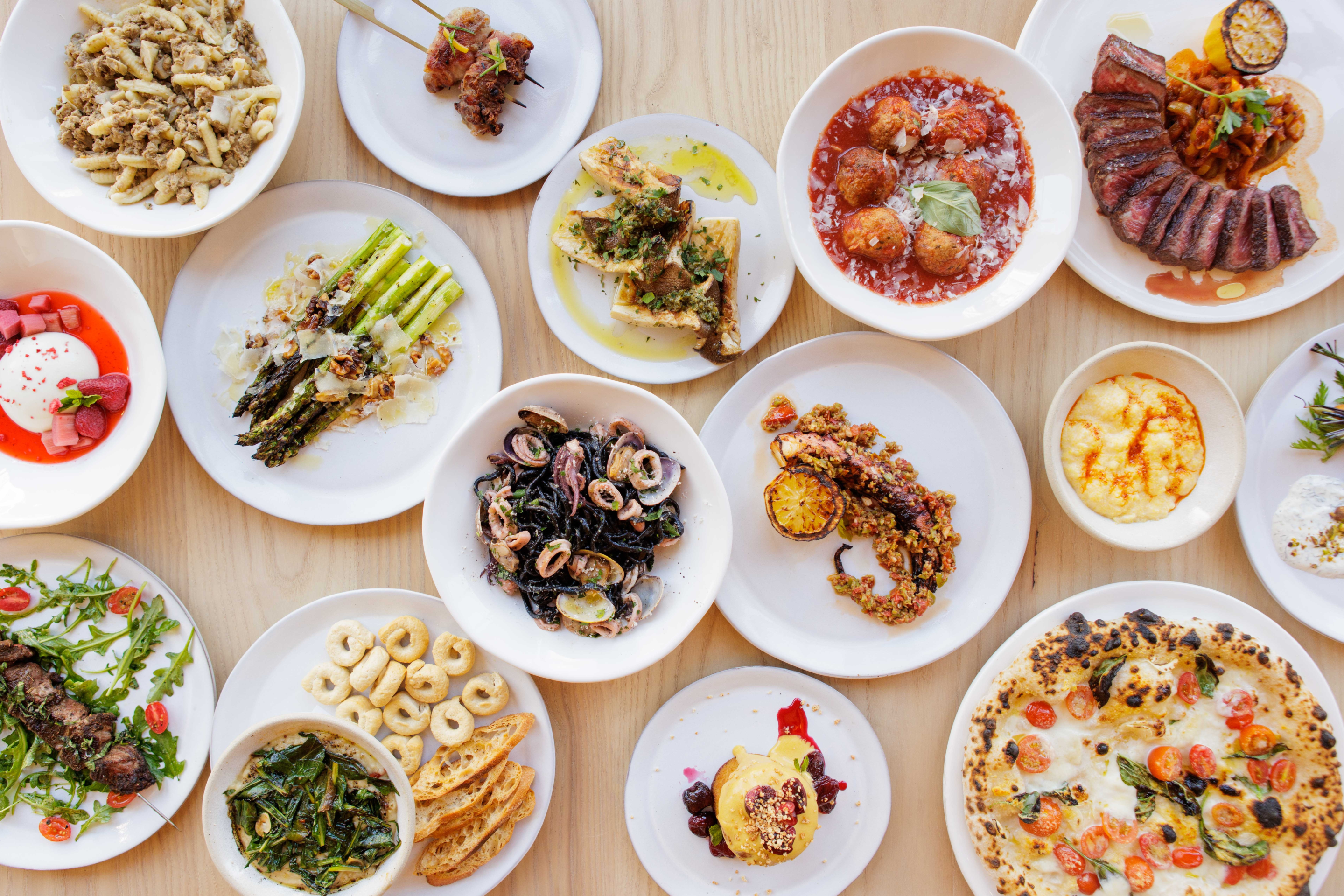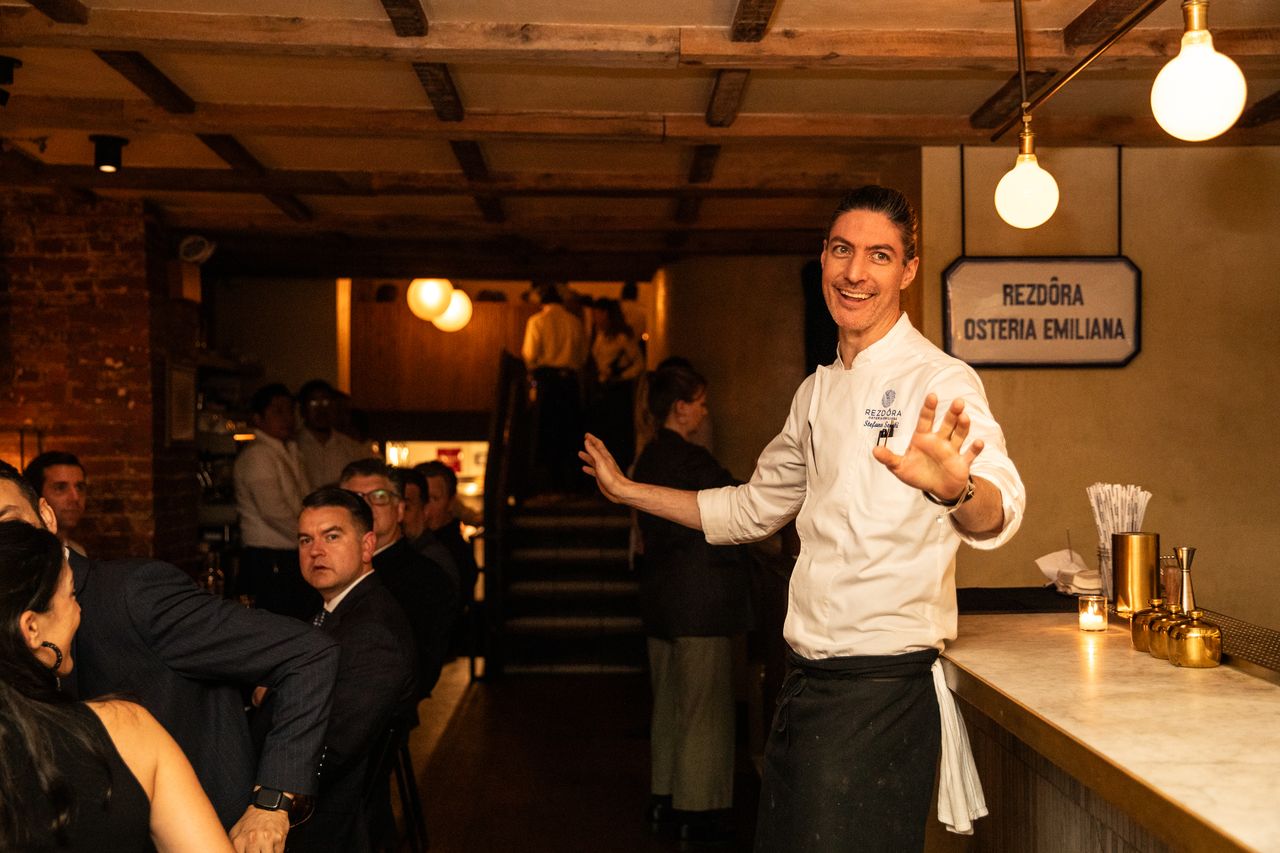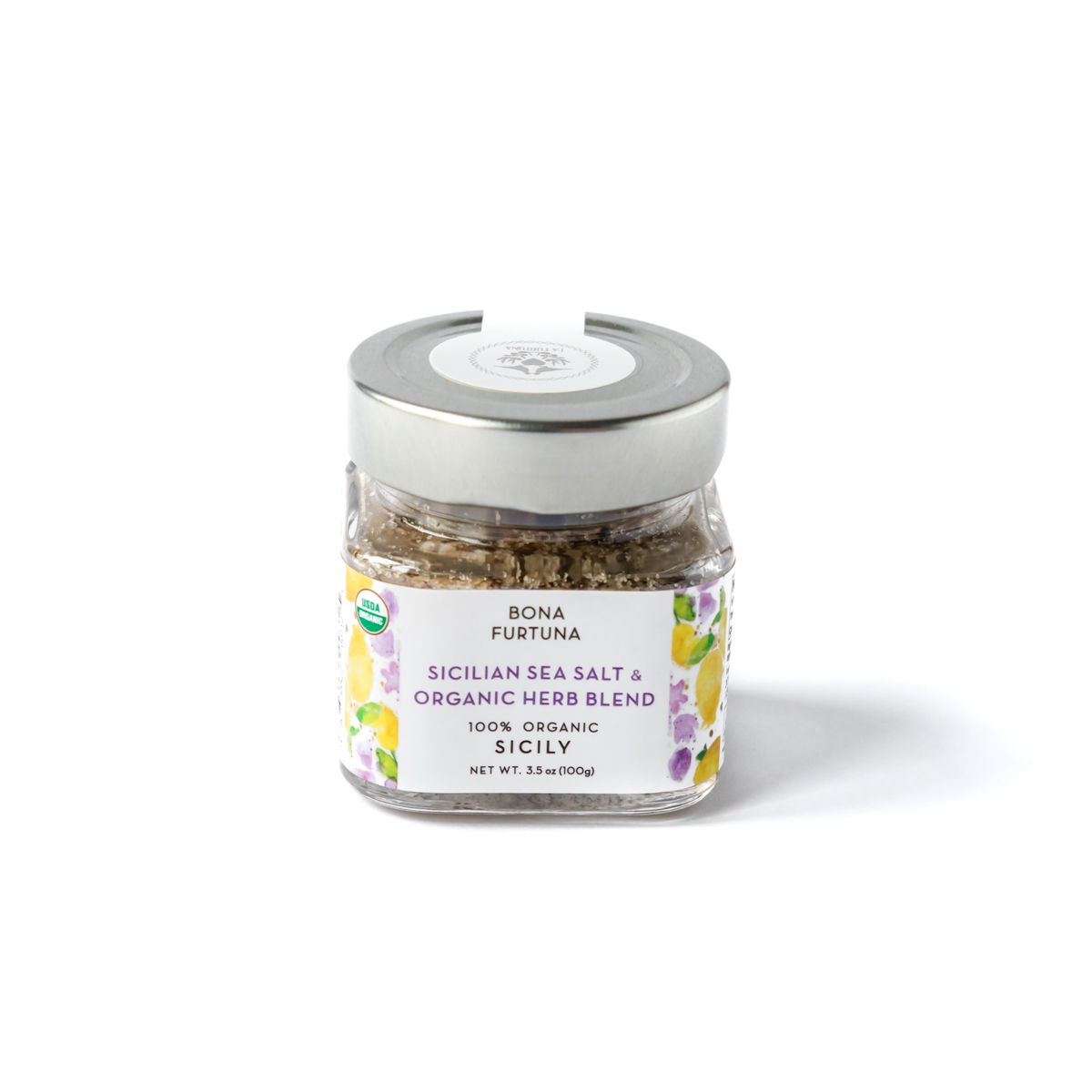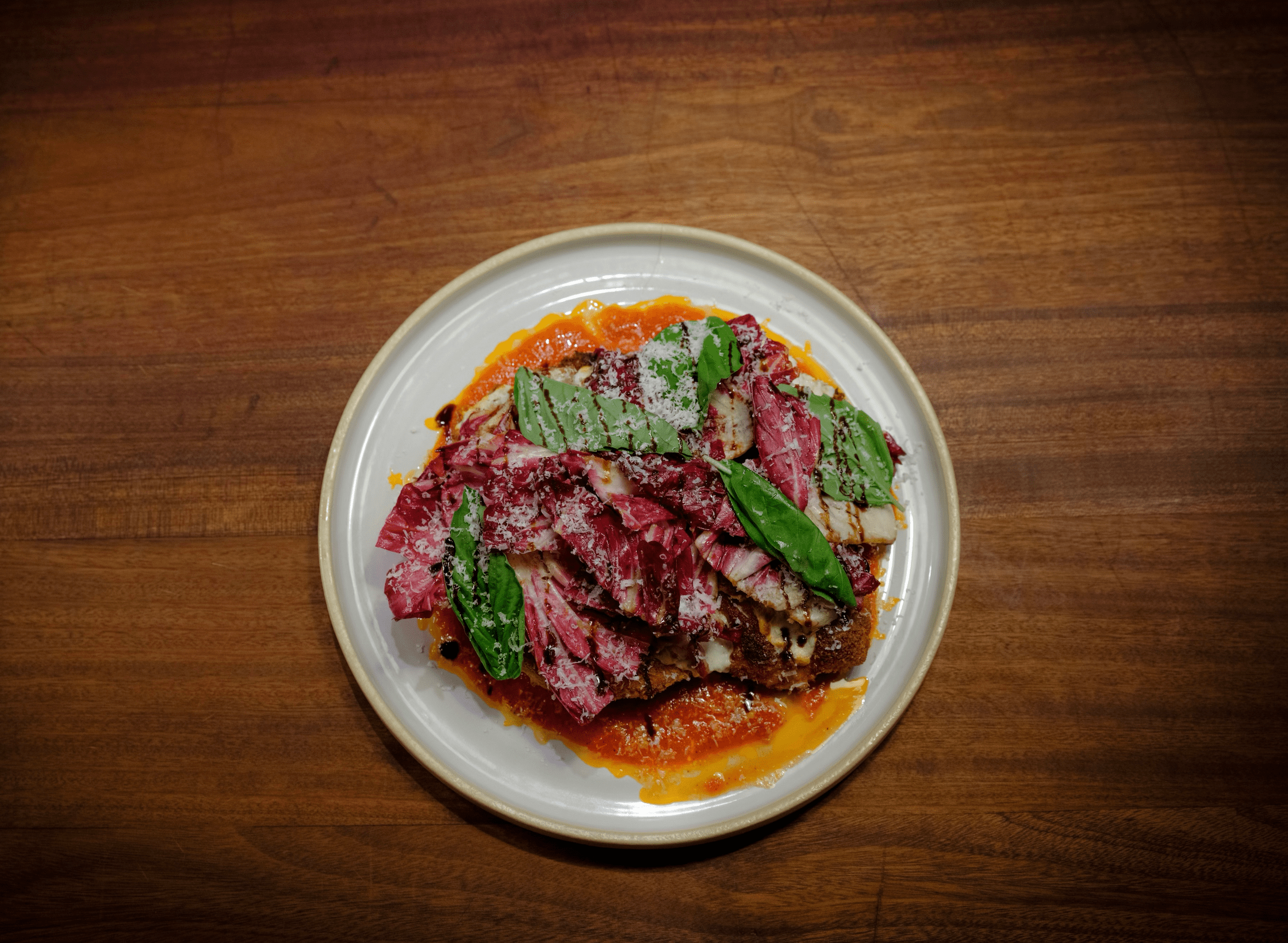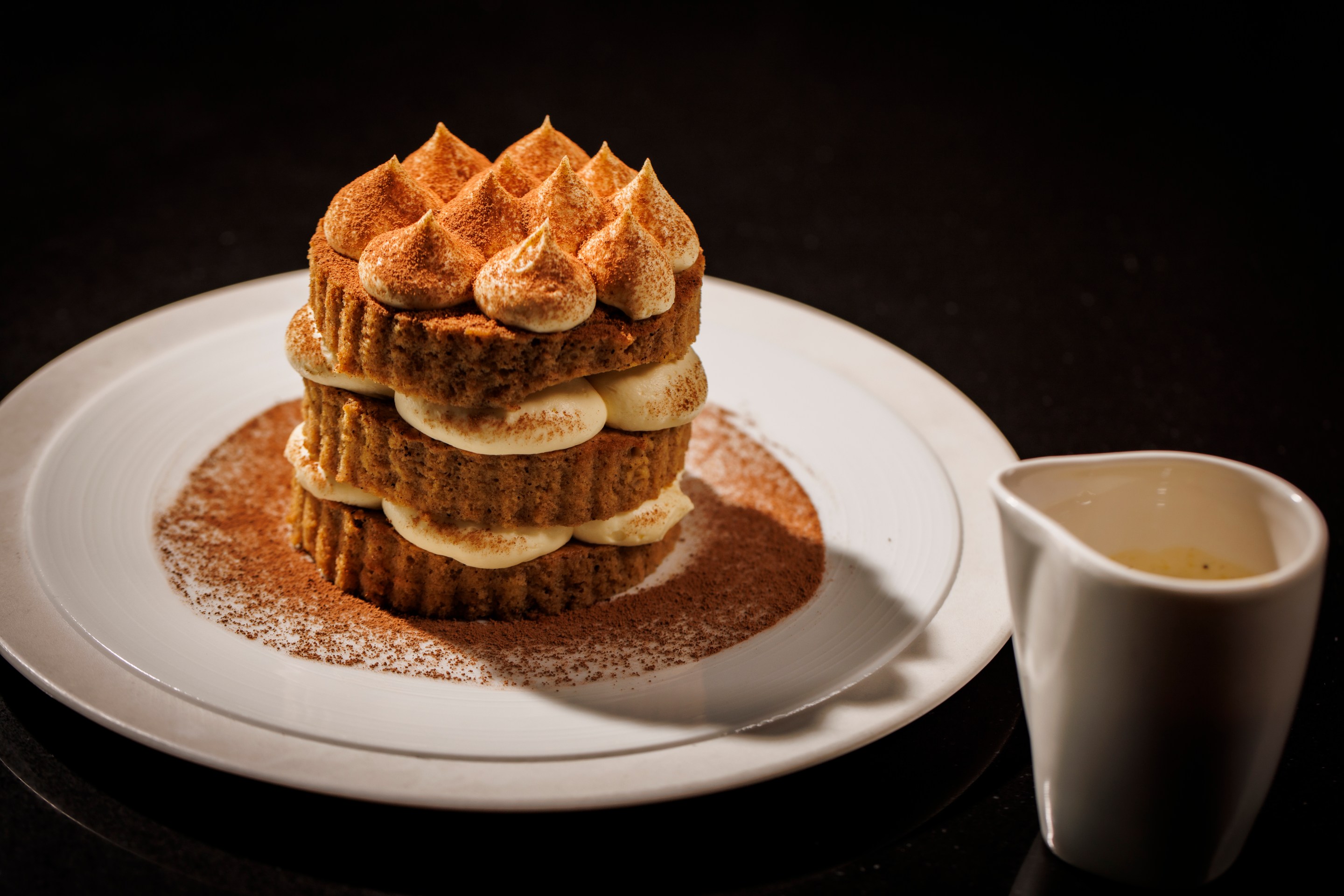Italy is known around the world for the finest wines, luxury cars, and a flair for style, but did you know that Italians are also leaders in the world of honey? There are dozens of varietals of honey produced in every region, including Sicily and Sardinia, and in the typical Italian fashion they have elevated tasting it to a high art.
My first experience with Italian honey began in 2012. While cruising the Tuscan countryside, I stumbled upon the Medieval town of Montalcino. Upon approaching, I was greeted by a sign that read, “La Citta del Miele,” or “The City of Honey.” Montalcino is known for their Brunello wine, but it is also a destination for honey and home to the annual La Settimana del Miele – honey festival. I had no idea that I was in for a mouth-watering experience that would ultimately be life-changing.
I entered the Fortezza di Montalcino, a majestic castle where vendors were displaying everything from beehives and suits in trendy new colors, artistic beeswax crafts and, of course, endless tables of honey. I sampled honey from chestnut, lime tree, dandelion, sunflower, acacia, and was introduced to corbezzolo, the bitter honey of Sardinia. As I walked the venue, I noticed people at a table filling stemmed wine glasses with honey, then arranging them from light to dark into an elegant display. My curiosity compelled me to ask what they were preparing. I was told it was a honey tasting and that I should stick around.
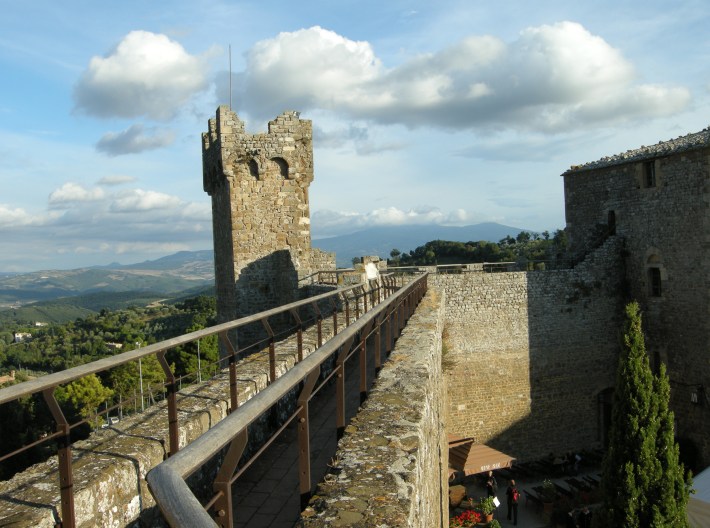
Before I knew it, glasses with 18 different varietal honeys were being passed around with spoons for us to taste. We were instructed to look at the color, smear the honey around the glass, take a sniff, and then put a dollop on our tongue and savor it. As I dipped my spoon into the first glass, the presenter began to describe each honey by its botanical source and terroir – details about the region and season of production — and then went on the describe the flavors like a sommelier. Eucalyptus honey was described as amber beige in color, intense on the nose, brothy, licorice, caramel, aromatic, and persistent; acacia as white, practically transparent in color, full of delicate notes of apricot, vanilla, and fresh pears; and dandelion was described as yolk-colored, aromatic with intense notes of a horse stall and marsala wine.
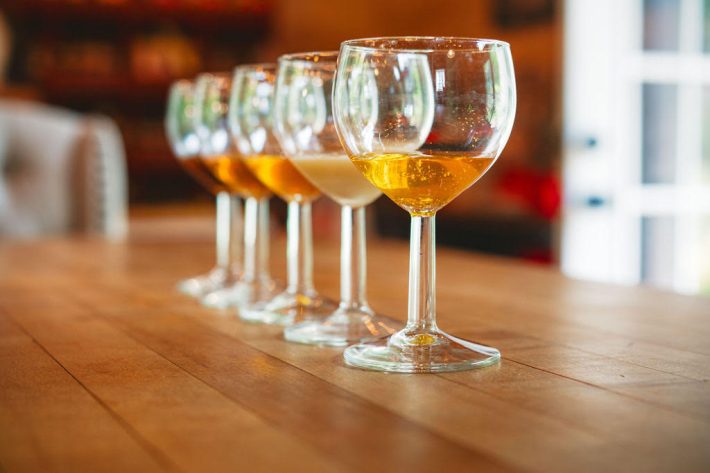
Previously, the only vocabulary I had to describe honey was yummy, delicious, complex, and earthy. These new, mouth-watering descriptions were poetry to my taste buds. After, I spoke to the presenters and learned that Italy has a training program for honey sommeliers. Based in Bologna, The Italian Register of Experts in the Sensory Analysis of Honey offers honey sensory training courses mostly in Italian. The courses are intense, concluding with a written and oral exam that requires attendees to identify 18 Italian uni-floral honeys by smell and flavor alone.
Upon my return to the States, I enrolled in honey school, and over two years completed all three levels of the program and became the first US citizen to be accepted as a member of The Italian Register of Experts in the Sensory Analysis of Honey, which permits me to judge honey in Italian competitions. My story does not end there. Today, I have the great honor to work closely with my teachers to bring the same Italian honey courses to the U.S. through my organization, the American Honey Tasting Society.
EDITOR'S NOTE: To learn more about honey tasting, beekeeping and Marina's compelling journey, Appetito highly recommends her books: The Honey Connoisseur: Selecting,Tasting and Pairing Honey with a Guide to More than 30 Varietals; Honey for Dummies, and Honeybee: Lessons from an Accidental Beekeeper.
